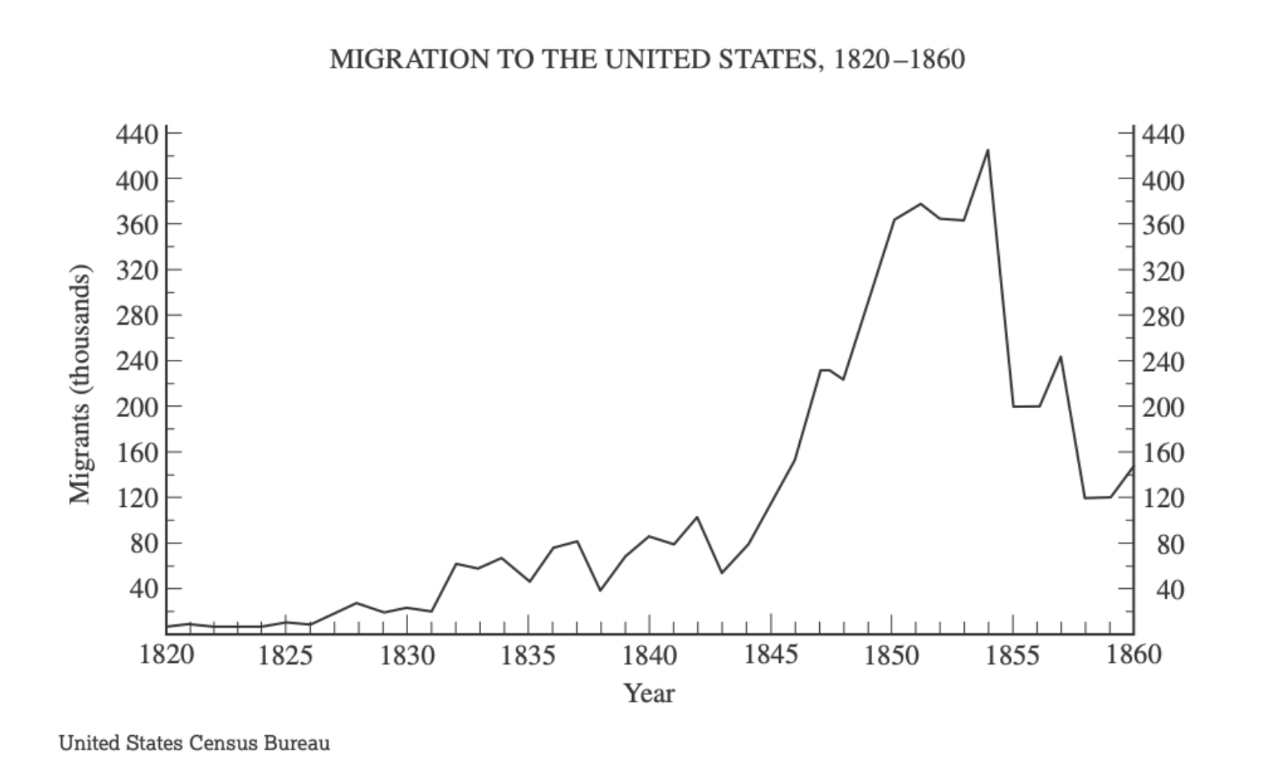- At the Mouth of the Mississippi River is which port city?
New Orleans
- As a result of the Missouri Compromise, which state was added to the Union as a free state?
Maine
The primary goal of the Lincoln Administration at the start of the Civil War was to.....
Reunite the Union.
Lincoln was considered a (blank) Republican
Moderate Republican
An individual who believes women are equal to men is often called?
A feminist
What is the name of the Howard Zinn book we use in our class? (You've read at least two chapters for homework)
A People's History of the United States.
- The Seneca Fall’s Convention focused on the civil liberties of which group of Americans & what was the goal?
- Women & women’s suffrage.
- The concept which argues that the physical environment (geography) predisposes (influences) societies, cultures, states towards particular development trajectories is called what?
Geographic Determinism
The compromise period sought to balance the power between free and slave states in which house of the legislature?
The Senate
This state was the most powerful state in the Confederacy
Virginia
This bureau provided free education to the formerly enslaved.
Freedmen's Bureau
This tycoon consolidated the oil industry in the late 19th century
John D. Rockefeller
- Popular sovereignty is the idea that whatever the popular vote is in favor for, becomes laws. Which Senate compromise allowed for new states to vote pro or against slavery?
- The Kansas-Nebraska act
W. E. B. Du Bois was primarily focused on which of the following?
A) vocational job training
B) financial aid for college
C) exams for civil service jobs
D) access to higher education
D) access to higher education
- The opening of the Erie Canal in 1825 was important to the development of the nation because it
- Increased trade, communication, & accessibility between the East Coast and the Midwest.
- What is the name forced march of the Cherokees from Georgia to Oklahoma typically called?
- Which president signed this act?
1. The Indian Removal Act
2. President Jackson
Name three advantages the North had over the South at the beginning and throughout the Civil War...
Population, Manufacturing production, exports, miles of railroad, food produciton, number of farms, iron production, banking capital
Thaddeus Stevens was considered a radical Republican because he wanted what type of change?
Structural change or systemic change or "radical" change.
This immigrant group was the largest in NYC during the period known as "old immigration."
The Irish numerical over the course of the entire 19th Century
- Name the two NEW major telecommunications systems of the 19th century.
- Telegraph and telephone
Boss Tweed was mayor of what major American city?
- New York City
-William Magear Tweed (April 3, 1823 – April 12, 1878), widely known as "Boss" Tweed, was an American politician most notable for being the political boss of Tammany Hall, the Democratic Party's political machine that played a major role in the politics of 19th-century New York City and state.)
This SPECIFIC area of the United States produced the majority of America's cotton? (Hint: not "The South")
The Black Belt or the Cotton Belt
The act allowed police officers and slave catchers to kidnap runaway slaves.
The Fugitive Slave Act
In total, nearly blank number of soldiers died due to the Civil War. (Closest person to our notes gets the points).
About 620k according to our notes.
Or
761,000 - Hacker, J. David (December 2011). "A Census-Based Count of the Civil War Dead". Civil War History.
This political group passed "black codes" throughout the South in order to prevent economic and political equality for the formerly enslaved.
The Democratic Party
This act passed in 1882 outlawed individuals of which country from entering into the United States?
- Chinese Exclusion Act (1882)
- This name is typically reserved for a 19th century American who opposed immigration to the United States
- Nativist
The Dred Scott v. Sandford decision was eventually overturned by which future court ruling?
Brown v. Board of Education of Topeka
Death Valley, which has an elevation of 282 ft (86 m) below sea level and is considered the driest place in the continental United States, can be found in what state?
California
These three compromise summarize the "Compromise era."
Write down all five of Foner's causes for the Civil War.
- Market Revolution
- Western Expansion
- Technological Revolution
- Universal White Male Suffrage
- Election of 1860
This compromise "ended" reconstruction after a near tie in the presidential election of Republican Rutherford B. Hayes.
The Compromise of 1877
This 800+ page mid 19th century book, describes the origins of a materialistic interpretation of history, coins the term capitalism, and outlines the process of capital consolidation which would eventually become validate by the period known as the Gilled age.
Karl Marx's Das Kapital or Capital (English).
- Historian Eric Foner argues that which of the following were the cause(s) of the Civil War...
- The market revolution, western expansion, technological revolution, universal white male suffrage, and the election of 1860

Germany and Ireland